Hello. This is a new correspondent, Hanes.![]()
![]()
In the previous excursion series, we focused on bricks in Fukaya City and discussed the relationship with Chuo-ku.
At that time, the key person was Eiichi Shibusawa, the father of the modern Japanese economy.
This time, I would like to introduce my relationship with Chuo-ku while picking up a part of his life.
■The Life of Eiichi Shibusawa: From the son of an Australian farmer
Eiichi Shibusawa was born in 1840 on the current Chiaraijima, Fukaya City.
The "Nakanakachi" built on his fabric was built in 1895 by Eiichi's sister and wife.
It is open to the public and can be visited.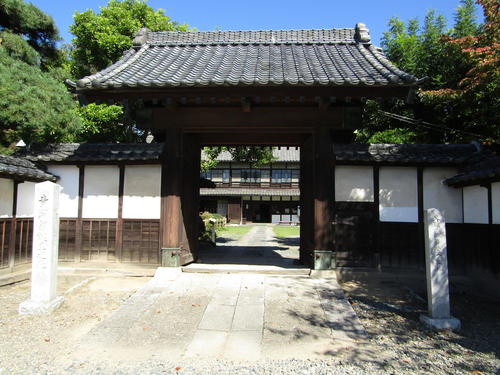
From the age of seven, he studied thesis and other disciplines from his cousin, Juntada Odaka, and was influenced by the idea of rejection of the king.
At the age of 17, he planned to take over Takasaki Castle and burn out Yokohama Ijinkan with his cousins, but canceled it.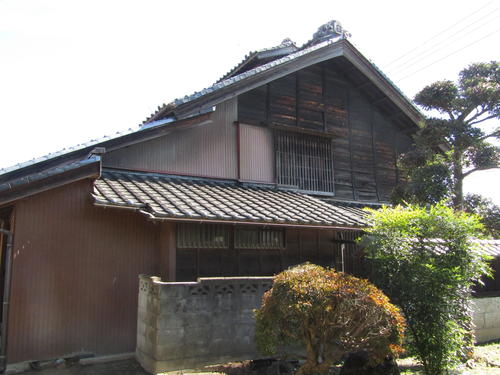
(It is said that the plan was made on the second floor of the Odaka Jun Tada's birthplace in this photo.)
At the age of 24, he questioned the Tokugawa Shogunate system and participated in the Imperial Religion Movement.
He began serving the Hitotsubashi family and the Shogunate, one of the three lords (the highest family after the Shogun's family and the Gosan family).
In 1867, he accompanied the famous Akitake Tokugawa of the 15th Shogun Yoshinobu Tokugawa to the Paris Expo.
See and witness European advanced ideas, culture, and society that overturn the king's rejection of the king.
After returning to Japan, he served the Ministry of Finance of the Meiji New Government with the persuasion of Shigenobu Okuma.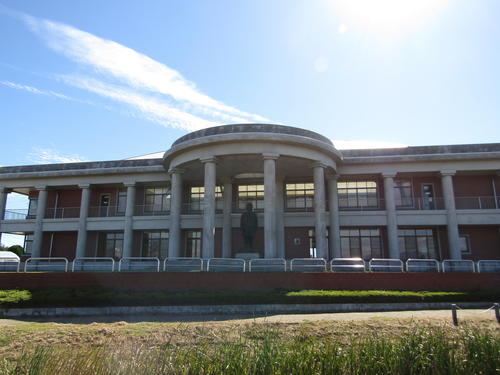
(The memorial hall and the statue of Eiichi Shibusawa taken at the Eiichi Shibusawa Memorial Hall)
After resigned with Toshimichi Okubo and his colleagues in financial management, he reigned as the highest leader in the business industry.![]()
Since then, he has been involved in more than 600 welfare services and contributed to international goodwill.
■Relationship with Chuo-ku
He is also committed to the establishment of a number of companies and universities, and as a representative contribution in the ward, he is also involved in the establishment of numerous companies and universities.
He served as General Director of the First National Bank and the first Director of St. Luke's International Hospital.
And there were several his mansions in Tokyo, but they were also in Nihonbashikabutocho.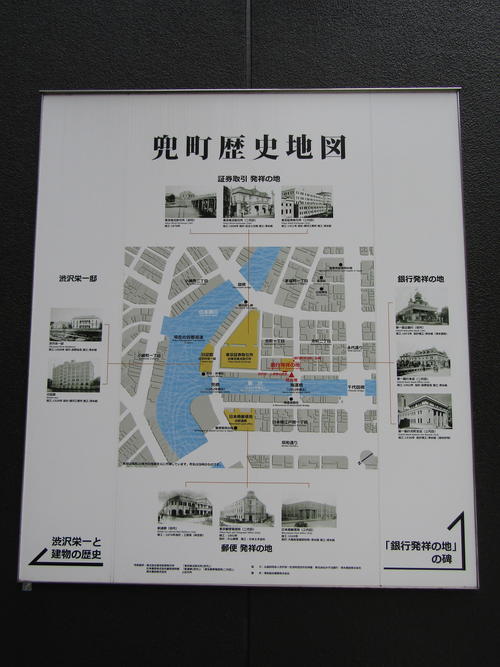
The former site is now the Nisshokan (which faces the Nihonbashi River next to the Tokyo Stock Exchange).
This building has a beautiful classical-style three-layer structure and arch windows.
The Company has earned a gold rating in the real estate valuation of the Japan Policy Bank.
It is one of the buildings that convey the remnants of the time when securities companies with a solid appearance line up.![]()
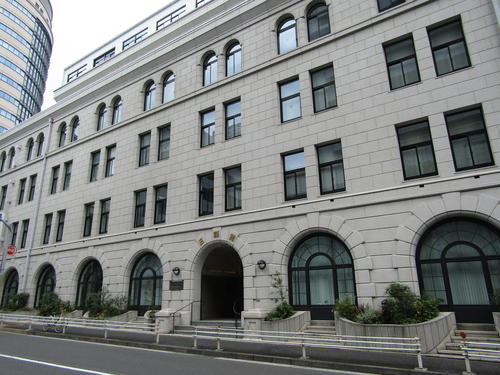
In this way, there is surprisingly a place related to Eiichi Shibusawa in Chuo-ku.![]()
It's not always visible, though
It may be interesting to walk around the town on the theme of a person who left a name in history.![]()
※About photograph of cultural assets of Fukaya-shi included in this article, we have received publication permission from person in charge of Fukaya-shi culture promotion section.
Chuo-ku Tourism Association Official Blog
Chuo-ku Tourism Association correspondent blog
Introducing Chuo-ku's seasonal information by sightseeing volunteer members who passed the Chuo-ku Tourism Association's Chuo-ku Tourism Certification and registered as correspondents.
List of AuthorsRecent blog post
|
[8th Excursion Series] Follow the footsteps of Eiichi Shibusawa...
|
MenuArchiveLinks |

